Waiting for Apple to show us the new iPhone 12, we can play a little with our iPhones, and, in the case of an adventure game, get help from Razer Kishi for iPhone, which adds physical controllers and buttons, often decisive.
We have tried it with different games: with some it is really decisive, with others obviously redundant but generally it is a fundamental help.
Razer Kishi for iPhone, the review
Assembly by Ninja
Inside the box there is only the Razer Kishi for iPhone, a small instruction booklet, the iconic Razer stickers and two adapters.
Razer Kishi for iPhone does not have a built-in battery rna, this is not a small detail, and is powered by that of the phone: the Lightning connector allows you to connect all iPhones from 6s onwards, including the recently released iPhone SE 2020 model.
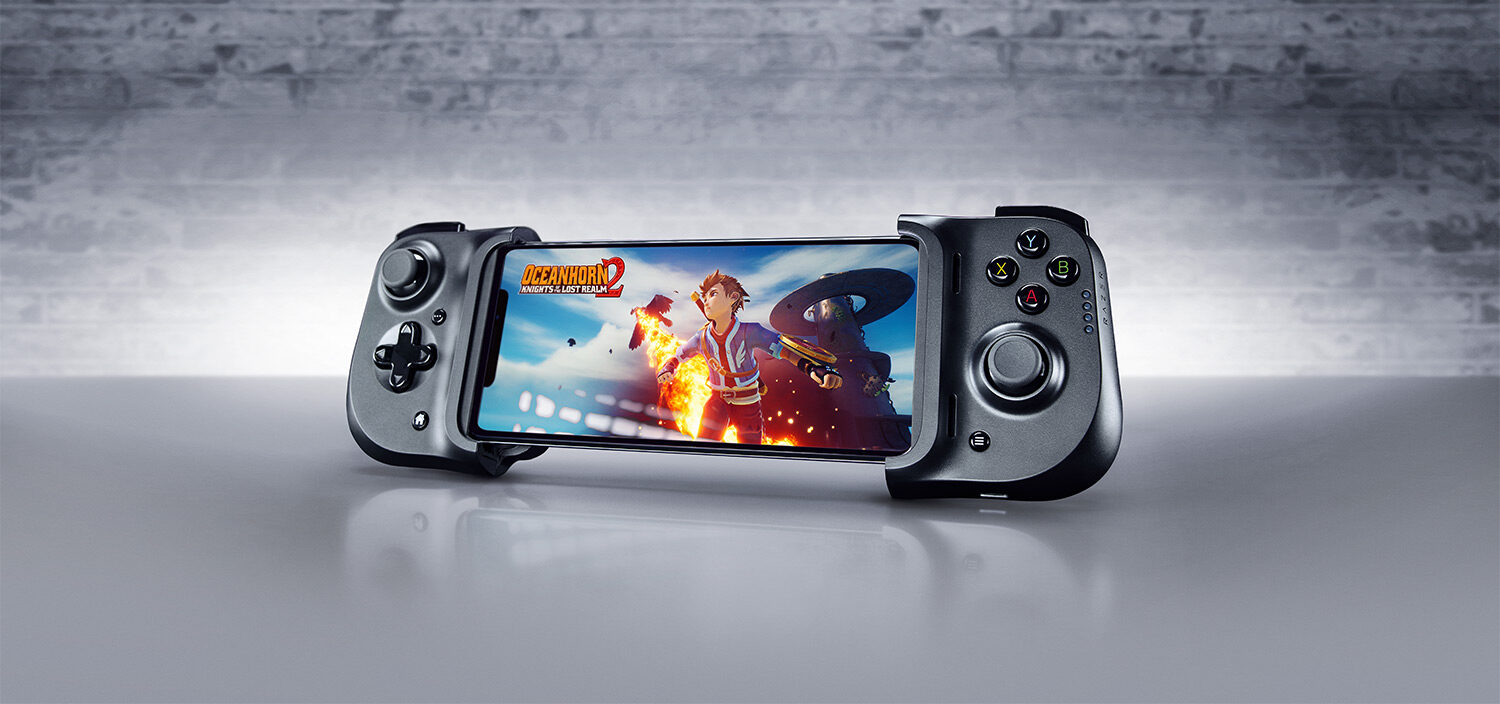
To be carried more easily in the bag, the Razer Kishi for iPhone offers two modes: one closed and one open, where the parts furniture lean on the shape of the phone to stay in grip.
The change of shape requires two hands: the first two attempts failed, but on the third we understood how to do it and basically the opening and closing is done in five seconds flat, even by bus.
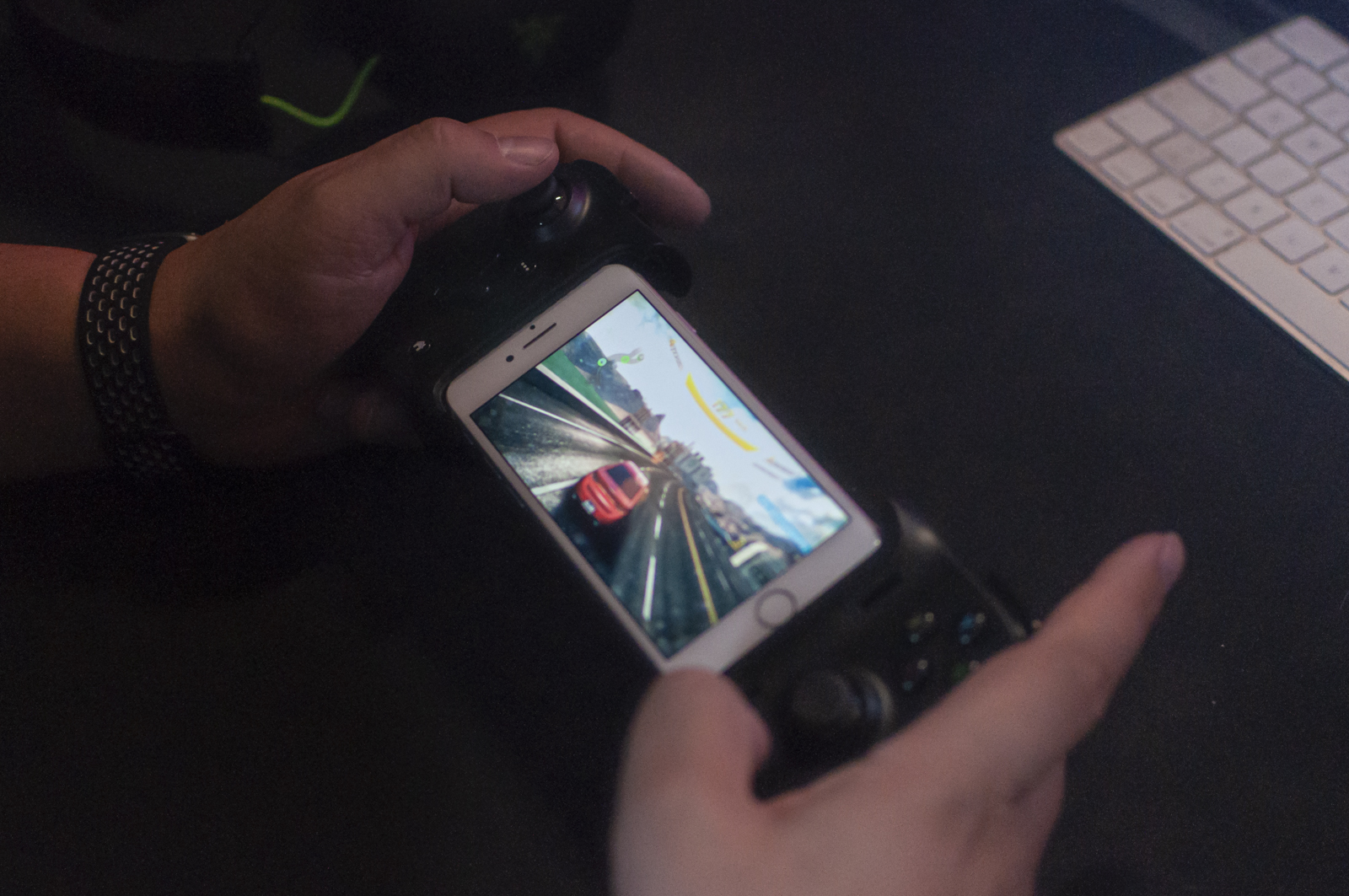 On some games, analog joysticks are really an advantage to get the best results
On some games, analog joysticks are really an advantage to get the best results
A real console
More than a remote controller, once docked the Razer Kishi for iPhone looks like a real portable console, such as the Nintendo Switch or more old PlayStation Vita, even with its identity.
The main controllers are towards the user with two analog joysticks (one on each side), four action buttons at the top right and a directional keypad lower left.
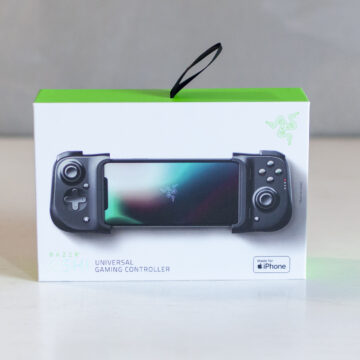
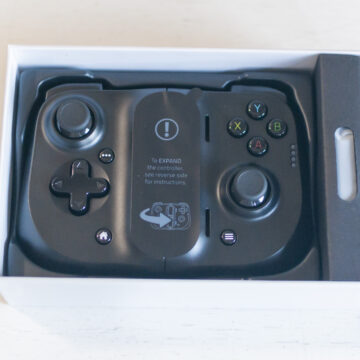
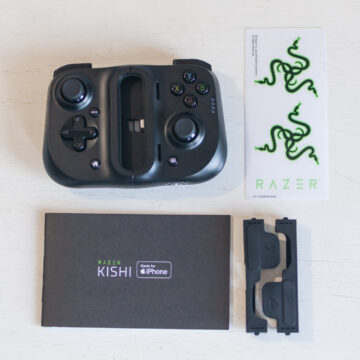
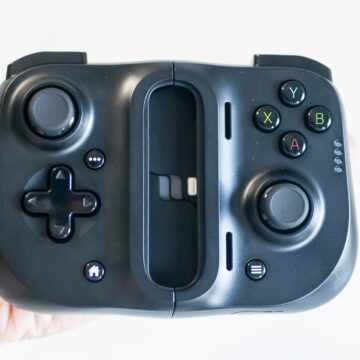
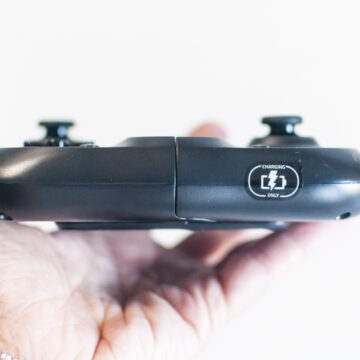
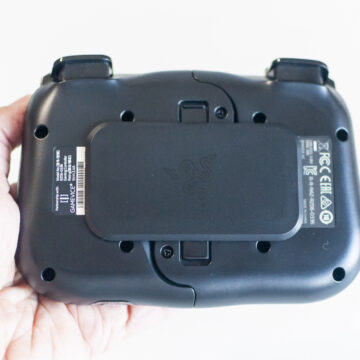
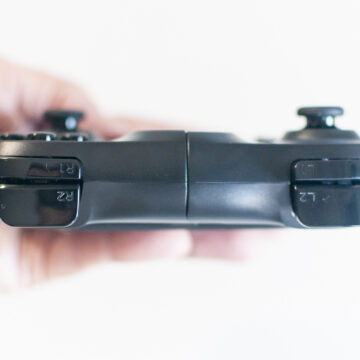
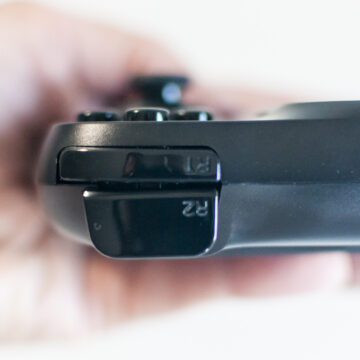
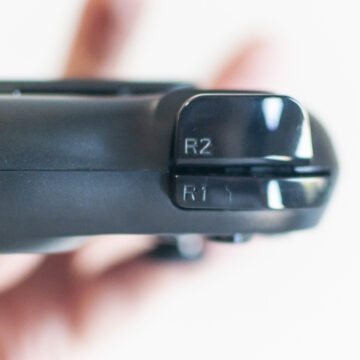
The series is completed by three service buttons and four buttons to be operated with the indexes and the mids on the side of the phone.
Without battery, the console acquires energy from the iPhone: a lightning connector located at the bottom right allows the power supply in case of need.
However, it must be said that since the connection is local, the energy requested does not appear much and the writer has not noticed plausible differences with or without the Kishi, except in the fact that adventure games often ask for a lot of resources. se (draining the battery), al whether or not the controller is present.
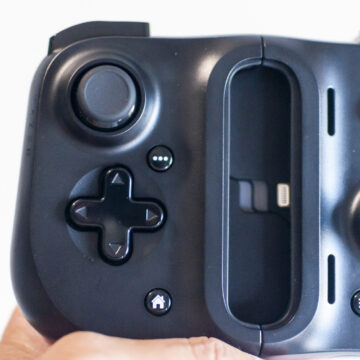
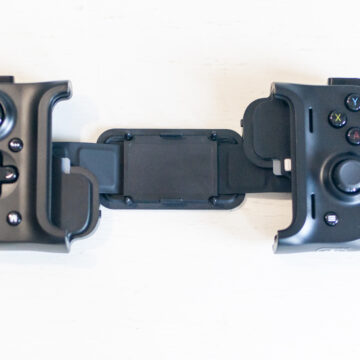
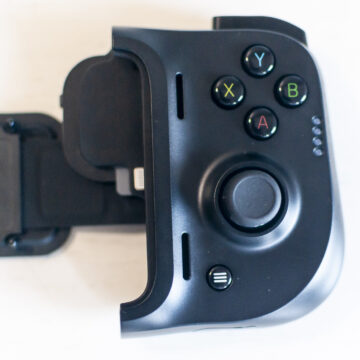
How it works
We tested Razer Kishi for iPhone with both an iPhone 8 and an iPhone 11 using various games: unfortunately not all are compatible, who develops the game enables external controllers, a detail that unfortunately not everyone follows.
We have noticed that big brands, such as Gameloft, follow this rule carefully while other smaller houses unfortunately ignore it.
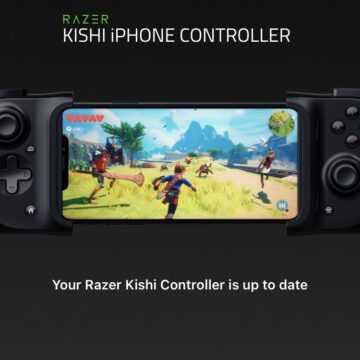 The support App, which is used to update the firmware and check the status of the push button panel
The support App, which is used to update the firmware and check the status of the push button panel 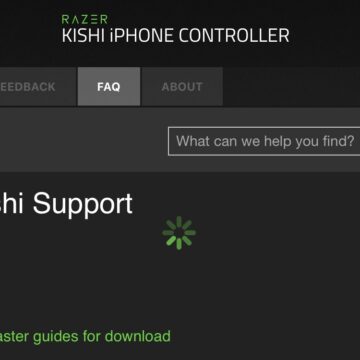
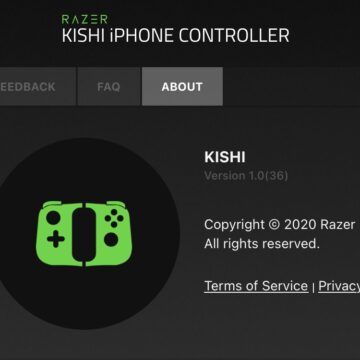
We had a lot of fun with Rayman Adventures, or with the beautiful Life is strange (of which the colleague Emiliano had spoken very well), but also with the new and very famous Mini Football, as well as the great classics i like Asphalt 8: Airborne.
In some titles the controller showed partial control: for example, on The King of Fighters ALLSTAR the motion joysticks work perfectly, but for the actions of the fists and kicks, you still need to act on the screen.
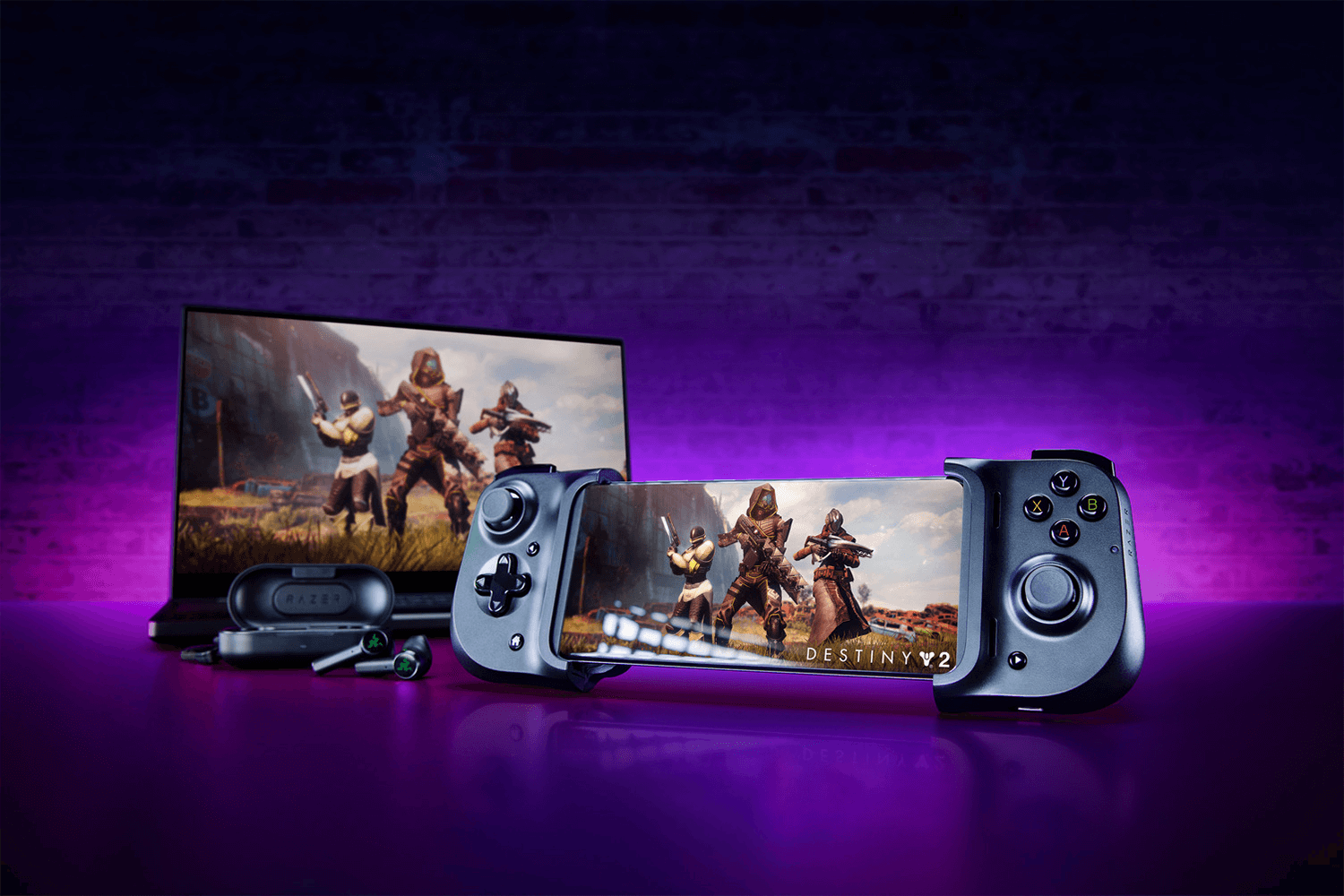 Razer Kishi for Android is substantially similar, but with USB-C connector instead of Ligtning
Razer Kishi for Android is substantially similar, but with USB-C connector instead of Ligtning
Actually we would have liked the controller also in some Apps outside the play field, such as for watching movies (using it as a remote control) or with Safari, but we discovered that, even with iOS 14.0.1, the OS we tested, on the rest of the system apps the commands are not supported, a real shame (and a little nod to Apple ).
For the rest, the handle is very good and all models leave a good part for ventilation under the back of the smartphone, which favors cooling, since often games adventure eg r which the Razer Kishi for iPhone becomes useful they put a strain on the processor, heating the phone. power supply and if we decide to use the Kishi in silence, we must necessarily use Bluetooth headphones, when for example it would have been convenient to use wired headphones (like these) with a simple Jack / Lightning adapter, as we would do without external support.
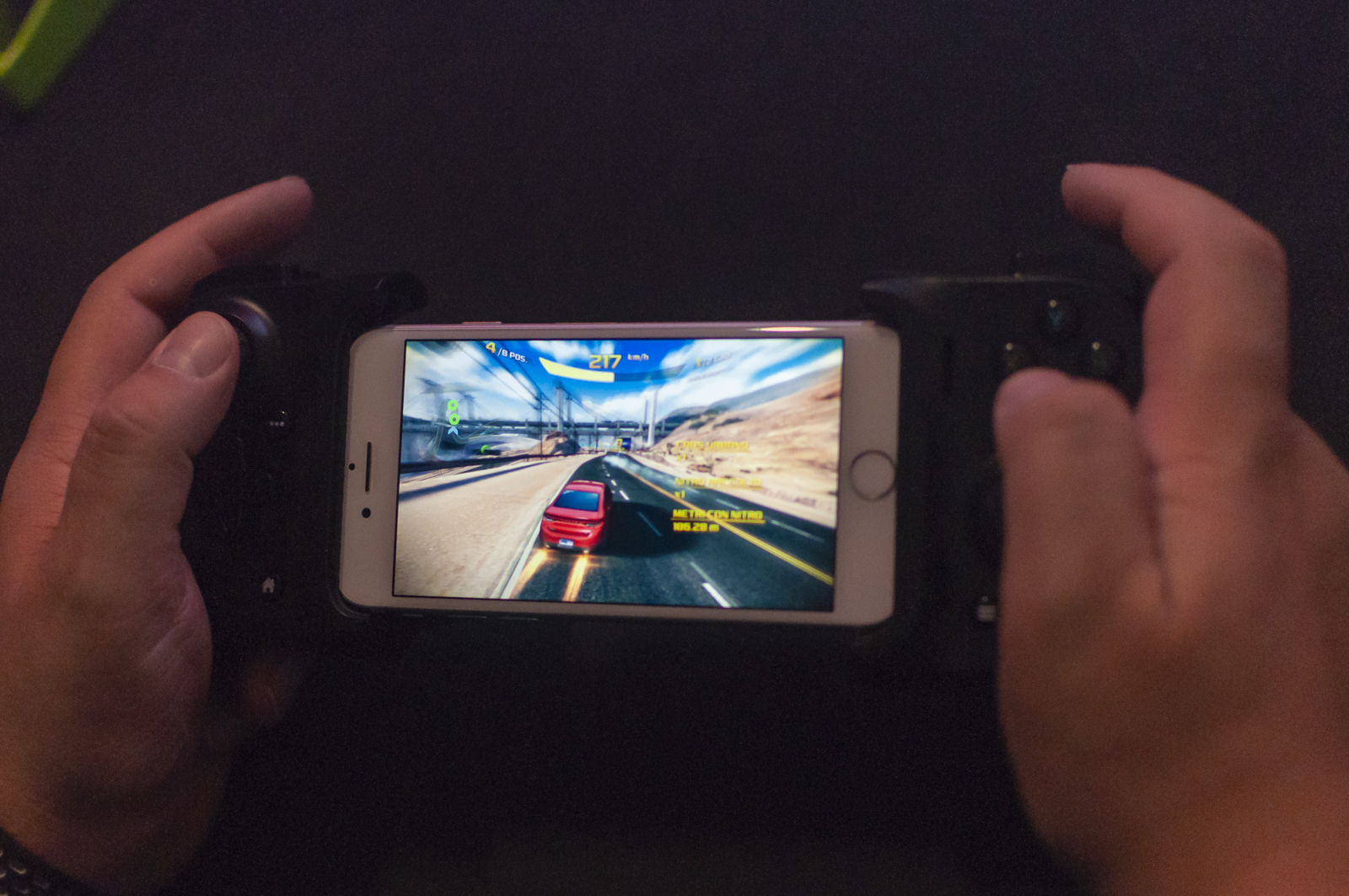
Considerations
Razer Kishi for iPhone is a nice accessory to give to anyone with a passion for an adventure game on the iPhone, because support gives on the one hand a not insignificant advantage, on the other hand a more comfortable position for long sessions.
It is easy to carry in the bag and also opening and coupling are a matter of seconds, as well as closing : Razer did a good job, leaving only the audio flaw (defect for some, not for all).
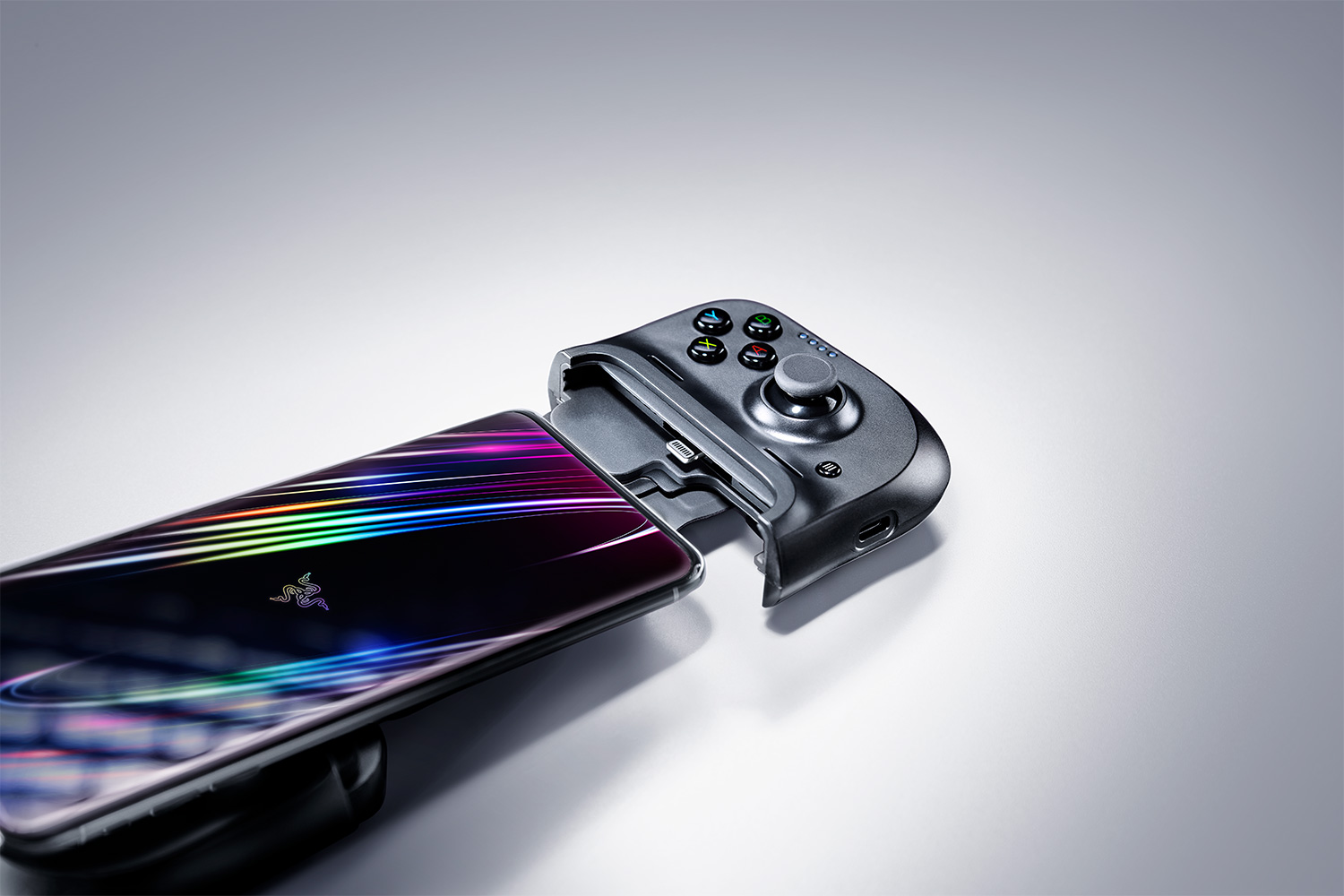 No battery inside, but a connector at the bottom that allows you to power the controller and phone during games
No battery inside, but a connector at the bottom that allows you to power the controller and phone during games
The impression instead is that the major work must be done by the developer, enabling the support in the development phase. In the future we expect the situation to improve in general, and we hope that Razer and Apple will push for more support (as far as Apple is concerned, even internally, if only to serve as an example).
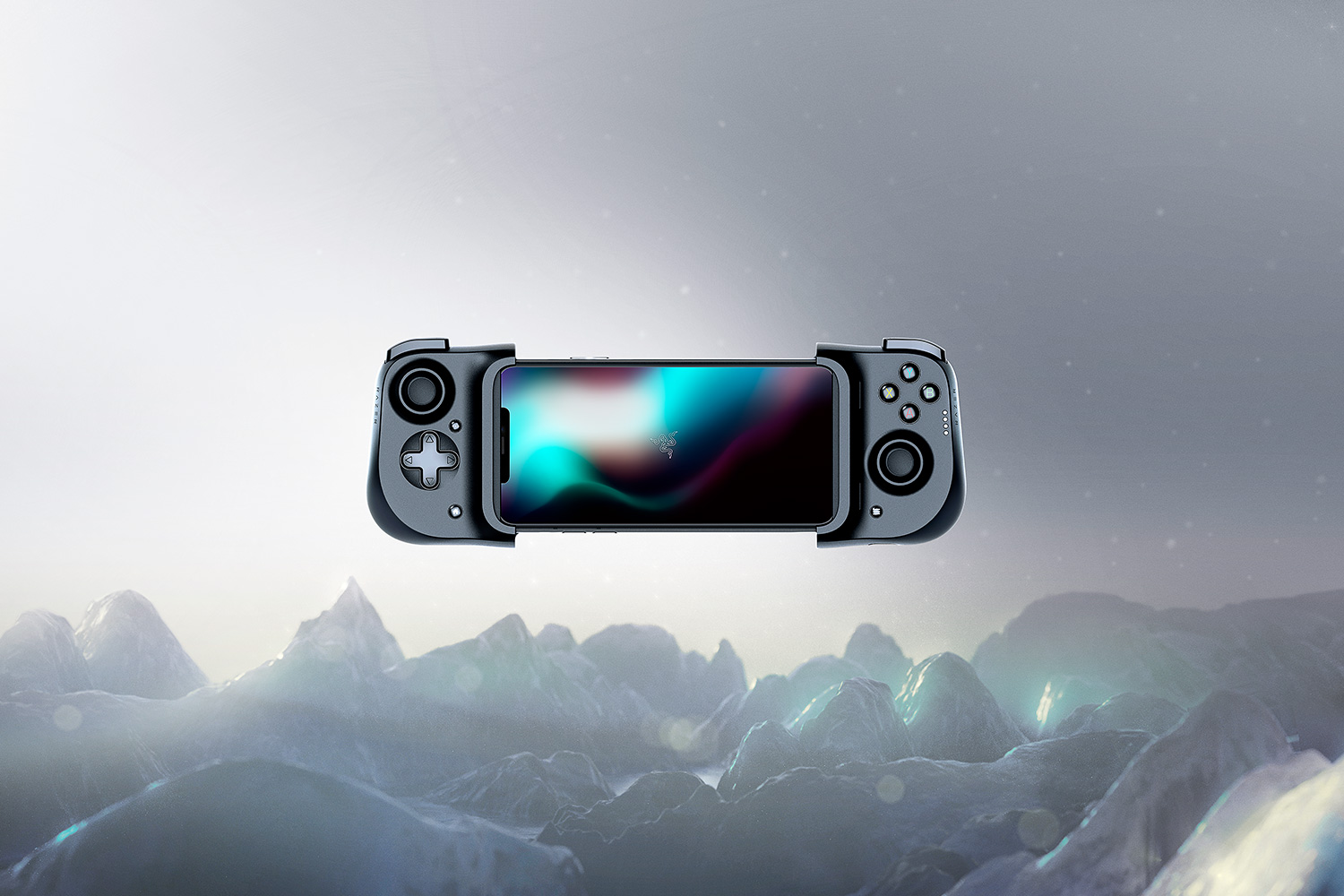
Pro:
• Convenient gaming support • Analog joysticks are a plus for some games • Quickly opens and closes
Cons:
• No support for headphone audio • Partial or no support for some games
Price:
• 109.99 Euro (Razer Kishi for iPhone) • 89.99 Euro (Razer Kishi for Android)
Razer Kishi is available on the parent company's website: we remind readers that there is an identical version for Android too, with a USB-C connector instead of Lightning.
(https://www.macitynet.it/tag/razer/).





